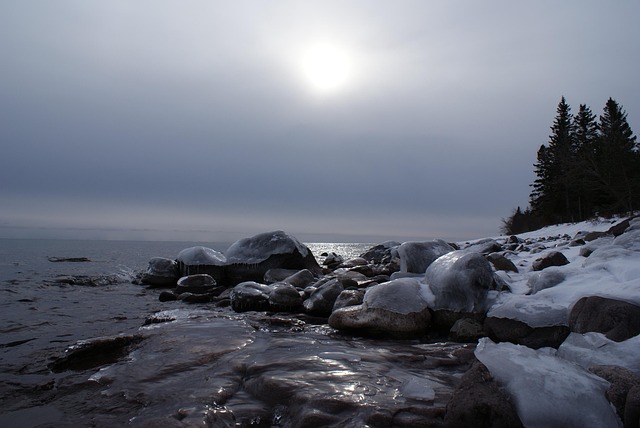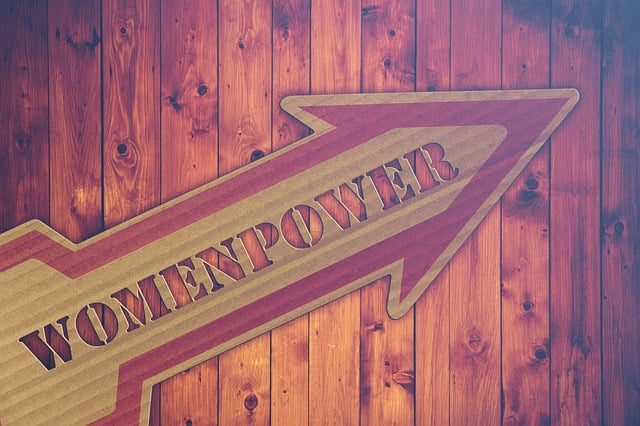Local festivals, held in historic locations like public parks or downtown areas, celebrate regional culture and history through crafts, performances, and exhibits, fostering community pride and attracting tourists. These events drive economic growth by boosting tourism, increasing property values, and creating jobs, while also encouraging residents to preserve their shared heritage and engaging local businesses year-round. The choice of location, influenced by real estate considerations, plays a crucial role in the festival's success and its positive impact on the local economy.
Local festivals are more than just celebrations; they are vibrant expressions of a community’s historic heritage. This article delves into the multifaceted role these events play in preserving cultural treasures and fostering community engagement. We explore how festival locations, often influenced by real estate factors, contribute to economic growth while showcasing the past and shaping the future. Join us as we uncover the impact of historical festivals on both communities and their surrounding landscapes.
Unveiling Cultural Treasures: How Local Festivals Preserve Historic Heritage

Local festivals serve as vibrant showcases for a region’s historic heritage, preserving and presenting cultural treasures to both residents and visitors alike. These events often take place in picturesque settings, transforming them into living museums where traditional crafts, costumes, and performances come alive. By immersing oneself in these festivals, one can gain a profound appreciation for the past, understanding its influence on the present and future of a community.
Through meticulous planning and execution, organizers ensure that each festival element—from food stalls offering local delicacies to exhibitions showcasing historical artifacts—tells a story. These gatherings create a unique bond between communities and their heritage, fostering a sense of pride and belonging. Moreover, they play a pivotal role in the real estate sector, attracting tourists and potential residents who are drawn to the authentic cultural experiences these festivals offer, ultimately contributing to local economic growth and development.
The Role of Real Estate in Festival Locations and Their Impact on Community Engagement

The choice of location for local festivals celebrating historic heritage is significantly influenced by real estate considerations. Typically, festival organizers seek spaces that blend accessibility with a rich historical context. This often translates to public parks, historic districts, or even vacant lots in downtown areas. Such locations not only provide ample space for activities but also serve as focal points that attract diverse communities. The impact on community engagement is profound; these venues foster a sense of belonging and pride, encouraging residents to actively participate in preserving their shared history.
Moreover, real estate plays a pivotal role in shaping the overall festival experience. Nearby restaurants, cafes, and accommodation options contribute to the vibrancy of the event by providing sustenance and comfort for attendees. This interconnectedness between festivals and local real estate can boost the economy, elevate the profile of the area, and foster continuous community engagement throughout the year.
Celebrating the Past, Shaping the Future: Economic Benefits of Historical Festival Events

Local festivals celebrating historic heritage not only preserve the past but also shape the future economically. These events attract tourists, boosting local businesses and creating job opportunities. Visitors flock to experience unique cultural activities, sample regional cuisine, and immerse themselves in the area’s rich history, all of which contribute to a vibrant and thriving real estate market. The economic spillover from festivals can lead to increased property values and improved infrastructure, making historic towns and cities increasingly desirable places to live and invest.






